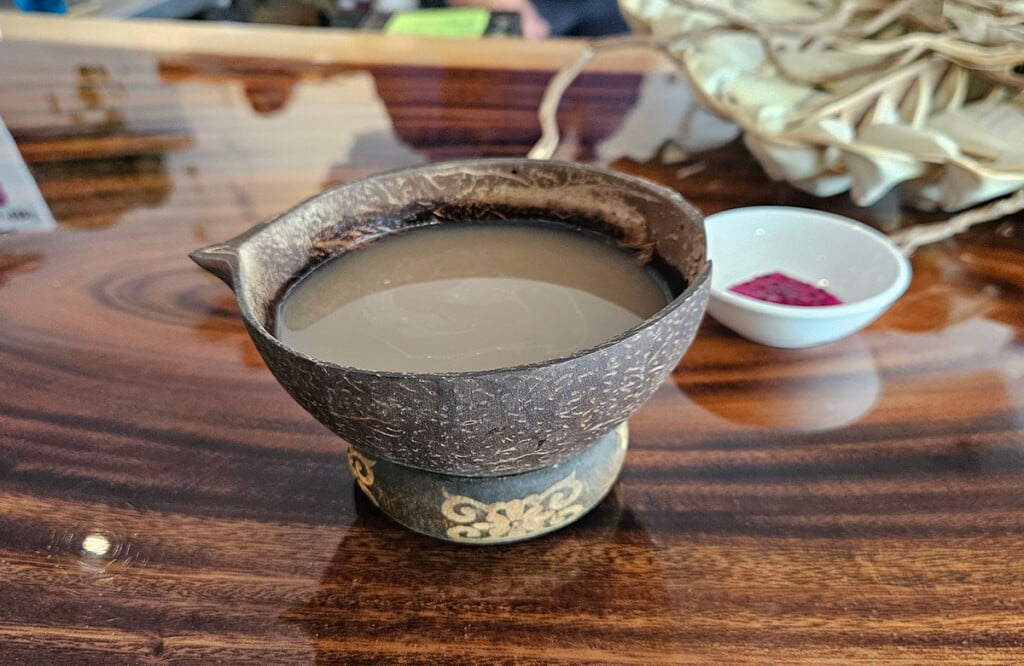Hawaii's Best Doctors
Doctors Recommending Doctors — The list everyone’s been waiting for.
Choosing a doctor for your needs is one of the most important decisions you’ll ever make. Selecting a physician may even be a life-or-death choice, if you’re seriously ill. That’s why HONOLULU Magazine has always looked for ways to help its readers find the best doctor for their care.
In the past 11 years, this is the sixth time we have published some form of a Best Doctors feature. In June ’92, we conducted our own survey, asking doctors statewide about which specialists they would use. In 2000, we provided a self-help guide called “Finding the Best Doctor for You,” where readers could learn how to conduct their own research. But among these articles, readers have most often sought out the ones which included a list of the best doctors compiled by Best Doctors in America, which we are pleased to present again this year.
Best Doctors was founded in 1992 by Steven Naifeh and Gregory White Smith, after Smith’s own struggle to find a doctor able to treat his inoperable brain tumor in 1986. Having been told he only had a few months to live, Smith was determined to get a second opinion. And a second opinion is more than what he got. Smith got a second chance at life and now, he has a company that assists others in finding the right doctors.
Best Doctors Inc. distributes an extensive annual peer review survey to more than 35,000 doctors in the United States and Canada. It includes such questions as, “If you or a loved one needed a doctor in your specialty, to whom would you refer them?” After reviewing and compiling the information, Best Doctors releases its list for certain geographical areas to selected magazines.
Over the years, some folks have had reservations about publishing a list of the “best” doctors in Hawai‘i. One concern in particular leads us to a word of caution as you study this, perhaps looking to see if your current doctor appears among the best: The list is slightly biased towards physicians at larger hospitals, and those doctors who have a larger number of complex cases, due to the referral method used in the survey. If you’re happy with your current physician, we’d be the first to encourage you to keep seeing him or her. However, if you are searching for a new doctor, or one in a particular specialty, this is a good place to begin.
|
|
Christopher S. Miura
obstetrics and gynecology
Dr. Christopher Miura actually studied to be a veterinarian before a volunteer stint at Tripler Army Medical Center changed his mind. “I realized that obstetrics was really one of the positive fields of medicine,” says Miura. “Your patients go home with a baby. A lot of other doctors have to deal with surgery or illness.”
Of course, Miura’s job at Kaiser Permanente involves some of that stuff, too. Half the time, he sees patients for run-of-the-mill annual exams, family planning, menopause issues and so on. He spends the rest of his time performing minimally invasive surgeries, such as removing small ovarian and uterine tumors, and performing diagnostic ultrasounds of pregnant women.
As a resident, Miura once delivered 23 babies in 24 hours. These days, he averages about 15 deliveries a month. “I like the variety in my job,” says Miura. “It’s not overwhelming for me, just very interesting.”
|
|
Marian E. Melish
pediatric specialist
Children make the best patients, says pediatric specialist Dr. Marian Melish, because they take doctors’ orders more seriously than grownups. “They’re usually more optimistic,” says Melish. “They often do what they’re told if you simply explain why it’s important.”
At Kapi‘olani Medical Center, Melish focuses on infectious diseases in children, from the common (staph and strep) to the exotic (malaria and tuberculosis). It’s actually the common ones that worry Melish most.
“Children scratch their cuts and mosquito bites,” she says. “With staph and strep skin infections, kids can get impetigo or boils, which can lead to severe disease.”
Melish’s related concern? The overuse of antibiotics. “Many parents demand antibiotics for trivial infections, and doctors sometimes give in too easily,” she says. An unneeded antibiotic can breed bacterial strains that drugs can’t kill. “There aren’t many drugs in the pipeline for treating resistant organisms, so we need to preserve what we’ve got.”
|
|
Randolph Wong
plastic surgery
In one of the procedure rooms at Straub Clinics & Hospital’s plastic surgery department, the far wall is covered with a mural in brown and green—a spare landscape of bamboo and mountains. It’s the work of Dr. Randolph Wong, chief of plastic surgery. Hardly surprising—the aesthetics of his discipline do require a creative touch.
But Wong estimates that cosmetic procedures account for only 30 percent of his practice. The rest of his time is spent treating burns, skin cancer and a wide assortment of other problems. “Plastic surgeons work in all areas,” Wong says. “If you need a muscle flap to support a hole in the heart or the lung, we can assist with reconstruction. I sometimes work with neurosurgeons to assist with the plastic reshaping of the head.”
Wong says he loves seeing the results of his work. “A simple change can sometimes open up a lifetime for patients.”
|
|
Rae Nagao Teramoto
endocrinology and metabolism
“In endocrinology, half our job is diabetes, the other half is everything else—thyroid, menopause, anything to do with hormones,” says Dr. Rae Nagao Teramoto of Kuakini Medical Center.
The incidence of diabetes in the state is twice that on the Mainland, says Teramoto, who serves on the Hawai‘i State Diabetes Task Force. Unfortunately, many people are developing diabetes at younger ages. “We used to say 40 was the age you’d see diabetes,” she says. “Now, I see many in their 20s, 30s, even some teenagers. It’s hard getting people to eat right and exercise three times a week.”
While the situation seems to be worsening, the treatment of diabetes continues to improve. “We have four classes of oral medication nowadays, whereas we used to have only one,” Teramoto says. “There are also a lot more devices to administer insulin that make it much easier for patients.”
|
|
Cherylee Chang
neurology
As a neurointensivist at The Queen’s Medical Center, Dr. Cherylee Chang handles patients who are seriously injured or critically ill. Among some of her most common cases: head trauma, large strokes, seizures and neurological spinal-cord injuries.
“It can be tough, but it’s very rewarding,” she says. “You have the ability to make a difference for patients, not just in their survival, but in their quality of life after. You can’t save everybody, but when you can snatch them back, it’s incredible.”
One week each month, Chang is on call 24 hours a day at Queen’s neurocritical care unit. Some days, she gets to go home at a reasonable hour. Other times, she might work a 7 a.m. to 1 a.m. shift.
When not on call, Chang focuses on her duties as medical director of The Queen’s Medical Center’s Neuroscience Institute and the Neurocritical Care Program, as well as its Stroke Center. “That’s when I do my deskwork and research,” says Chang, adding with a laugh, “At least those two weeks, I get to sleep at night and see my kids before bedtime.”
|
|
David Marcus Amberger
pathology
Dr. David Amberger can tell a lot about people, without ever having to meet them. He only needs a tissue sample. Amberger performs 13 percent of the pathology in Hawai‘i, analyzing cells for signs of disease.
“The resident pathologists like to test me,” says Amberger, who founded Aloha Laboratories Inc. in 1992. “They’ll give me a slide and say, ‘Tell me about this person.’ And I can give them the person’s age and race, just by looking at the cells.” Amberger calls pathology the “black box” of medicine. Patients rarely consider where their tests go. Most just want to know, “What’s wrong with me?” Unfortunately, the results aren’t always clear-cut.
“There are gray areas—normal for one person isn’t normal for another, and it’s hard to explain that to someone,” says Amberger. “Most of what I look at is bad news for people, but it’s better than them not knowing. A patient’s treatment starts with the diagnosis.”














